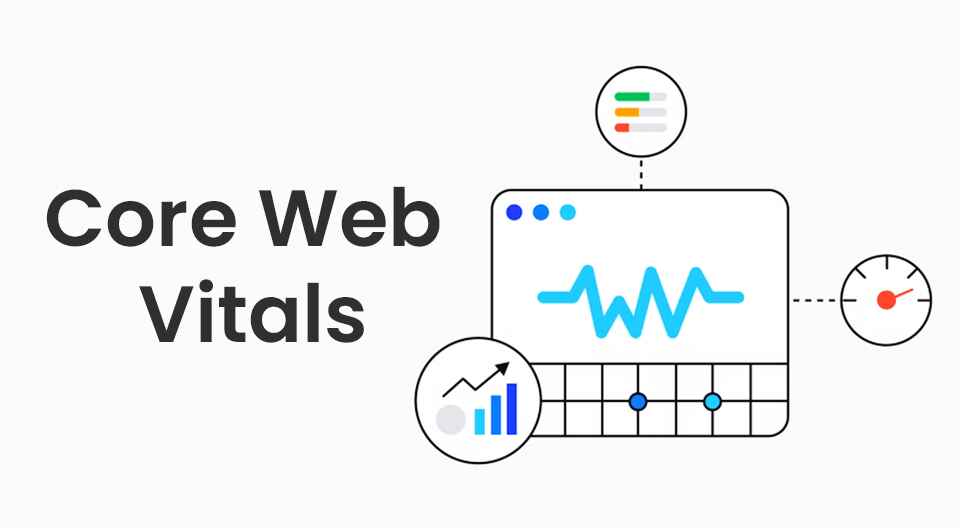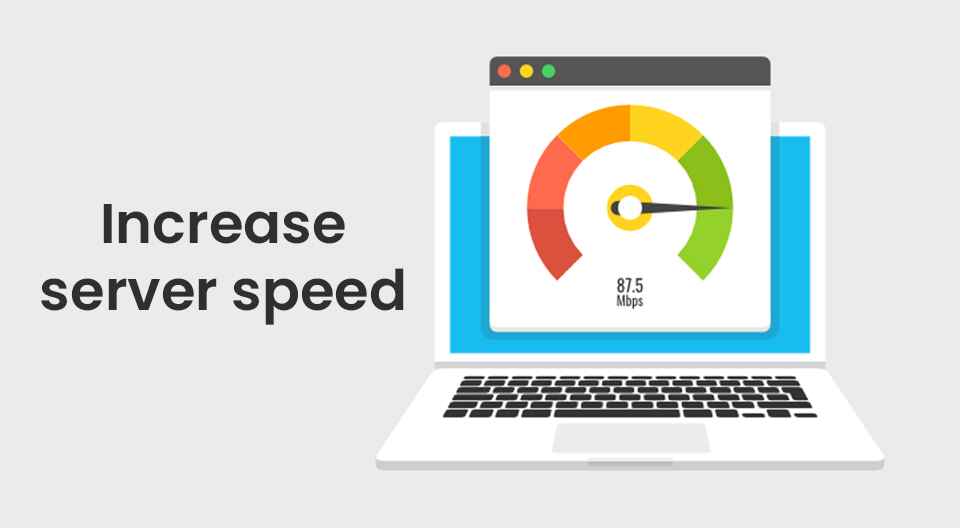
Google’s Core Web Vitals are an assortment of three customer-centric performance metrics that measure critical aspects of the user expertise, emphasizing loading speed, adaptability, and visual stability
- The Largest Contentful Paint (LCP) gauges how quickly pages load
- The visual stability of continuous layout shift (CLS) is measured
- The Index of Next Paint (INP) gauges the responsiveness of a page
Whose essential web metrics are currently the most crucial?
LCP, INP, and CLS are now regarded as the most crucial Core Web Vitals metrics for enhancing customer satisfaction and Google search rankings, even if all of them are vital. The perceived responsiveness, loading speed, and graphical reliability of your web page are all directly reflected in these measures.
The Operation of Core Web Vitals
- Paint with the largest content (LCP). This takes into account how long it typically takes for users to see your primary content. It gauges how fast the major components—like photos and videos—load.
- Delay in First Input (FID). This measure examines the duration that to start executing event handlers in reaction to interactions. Stated differently, its purpose is to assess how well your web pages react to initial user interactions.
- Shift in Cumulative Layout (CLS). This gauges the amount of time it takes for the visual stability of your website. Some of the items on your website could shift during loading, and not all of them load simultaneously. If any items on the screen could distract viewers or make it impossible for them to view the material, CLS evaluates them.
Fourth Contentious Paint (FCP) is a little-known vital. This gauges how long it takes an internet browser to render a web page’s initial piece of content, like an image.
Increase server speed to reduce loading times.

It is better if your server can process requests more quickly. Several site speed measures are improved when the server responds promptly. Optimizing the server processes that handle requests, serve files, and run scripts is optimal for complicated websites.
Examine essential CSS to speed up the loading of content above the fold.
The browser must download the HTML, display it, then load the CSS, render it, load the JavaScript, which is render it, and so on when it loads a page.. The browser cannot load content in the background, even if it is frequently occupied with other tasks. A few components prevent the procedure from happening.
Boost third-party script loading
Slowness for many sites also originates from outside sources. For example, if your website uses ad scripts, the ad provider is essentially in control of you. All you can do is hope they make their advertisements effective. It might be time to switch to a different provider if their adverts load slowly.
Cut down on JavaScript (JS) usage
A low FID score in your report indicates that consumers interact with your page for more than 300 milliseconds. You ought to think about cutting back on and improving your JS execution. This implies that there is less delay between the page and the JS code that your browser executes.
Utilizing as little storage as possible is also crucial. Why? The code on your website reserves new memory each time it requests the browser.
Put automatic loading into practice.
Lazy loading is essential if you display photos on your website to protect your user experience and core web vitals score. By maintaining the website’s loading speed and raising your LCP score to an exceptional level, lazy loading enables images to load precisely as users scroll down the page.
Image optimization and compression
It seems quite evident, don’t you think? Still, pictures make up the majority of the content on a lot of websites. Therefore, you must optimize them because doing so will dramatically lighten your website, which will enhance the user experience, loading time, LCP score, and search engine ranks.
Final Words
Google prioritizes user experience with page experience. We’ve always approached SEO from a broad perspective; to create the greatest website, you need to focus on all of the moving components. Even if the aforementioned advice can help you raise your Core Web Vitals ratings, you should take this action to provide your visitors with an enhanced online experience. Of course, if your material is subpar, none of this made sense.






